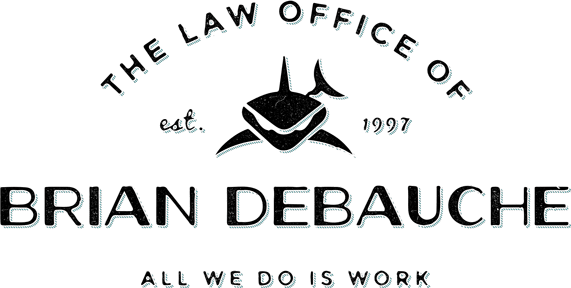June 7, 2012 Court of Appeals; Affirmative defense instructions
2012 COA 91. No. 09CA2681. People v. Taylor.Conspiracy to Distribute—Unlawful Search—Challenge for Cause—Entrapment Instruction—Affirmative Defense.
Defendant appealed the judgment of conviction entered on a jury verdict finding him guilty of conspiracy to distribute a schedule II controlled substance. This judgment was affirmed, but the case is more important for two issues, one regarding search of the suspect's cell phone, and another issue regarding the use of his affirmative defense of entrapment.
Defendant was approached by undercover officers and was asked if he had drugs to sell. Defendant indicated that he did not have any drugs, but he could call someone who did. After defendant made a phone call, a woman showed up and sold the undercover officers $40 of crack cocaine. Both the woman and defendant were arrested, and defendant’s cell phone was seized.
The police then searched the cell phone by reviewing the calls made from the phone, by directly accessing the phone's information. Defendant contended that he was subject to an unlawful search when the police reviewed his cellular telephone’s call log without obtaining a warrant. The court expanded previous case law to allow for lawful search not only of an area around a suspect upon arrest, justified by the need to secure the area from any weapons; but also allowed police to search electronic devices as part of such search. This type of search is one "incident to arrest", but is justified by the "manifest need to preserve evidence". The cases cited by the court indicate the panel is expanding searches to include any electronic device on one's person upon arrest, without a warrant, merely to fish through one's effects. The court went on to suggest that the expansive nature of electronic devices may call for a review of this ruling, and cited in particular to Ipads and smart phones, and their storage of personal information of all types; but suggested citizens may merely password such devices.
Defendant next contended that the trial court abused its discretion in denying his challenge for cause to a prospective juror. After Juror J indicated that he would find defendant guilty based on no evidence, defense counsel challenged Juror J and a second juror for cause, which was denied. The challenge was apparently made without a 'specific reason', and the record was not detailed as to the challenge, and was therefore weak. The trial court, however, explained the presumption of innocence to the jurors, and the two jurors in question indicated that they could 'follow the court’s instructions'. The court indicated there was no error in denying the challenges for cause, as the record does not reveal do not reveal "an unyielding bias that defendant was guilty". See People v. Ferrero, 874 P.2d 468, 471 (Colo. App. 1993). Even an equivocal answer to a question about the burden of proof and a juror's understanding, like "I think so", will be sufficient to survive challenge. People v. Blankenship, 30 P.3d 698, 708 (Colo. App. 2000). The record of juror challenge must be crystal clear, as the court is allowed complete discretion in denying challenges for cause, even in the face of inconsistent answers during voir dire. People v. Veloz, 946 P.2d 525, 531 (Colo. App. 1997).
This defendant further argued that the trial court erred in denying his tendered entrapment instruction based on its conclusion that defendant could not plead the affirmative defense of entrapment because he denied committing the crime. Under Colorado law, entrapment is an affirmative defense. Recent case law has split on the question of whether an affirmative defense can be pled if one does not first admit to commission of a wrongful act. People v. Hendrickson, 45 P.3d 786, 790 (Colo. App. 2001). “An affirmative defense instruction is one in which the defendant admits the doing of the act charged but seeks to justify, excuse, or mitigate it.” The struggle apparently exists between divisions of the Court of Appeals, and the Supreme Court in this state. The lower appellate courts issued opinions refusing to apply an affirmative defense in the absence of an admission of wrongdoing, basically requiring one admit to a crime, before asserting the affirmative defense to justify it. See, divisions of this court have held that a defendant’s denial of wrongdoing precludes an entrapment instruction. See People v. Santana, 240 P.3d 302, 310 (Colo. App. 2009), rev’d on other grounds, 255 P.3d 1126 (Colo. 2011); People v. Grizzle, 140 P.3d 224, 226 (Colo. App. 2006); Hendrickson, 45 P.3d at 793. T
The Supreme Court in a recent decision indicated affirmative defenses are available as alternative theories of liability, Brown v. People, 239 P.3d 764, 767 (Colo. 2010); but apparently did not expressly strike down or reverse the previous case law by the different divisions in the courts of appeal. The courts of appeal believed they were also correct in refusing to follow the basis for the Brown decision, decided by the U.S. Supreme Court in Mathews v. United States, 485 U.S. 58, 63 (1988)( a defendant claiming complete innocence may also raise an inconsistent defense of entrapment). The division of the court of appeals apparently believed that decision was not sufficiently based in constitutional law to follow it as precedent.
Portions of this summary were published by the Colorado Bar.